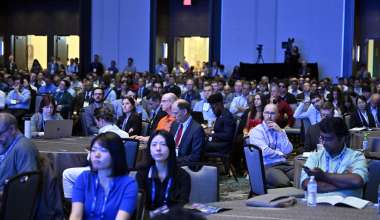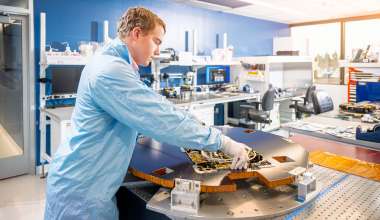Aerospace Virtual Tours
Aerospace's virtual tours allow you to explore our state-of-the-art facilities from the comfort of your own desk. Available self-guided tours include:
• xLab
• iLab
• STARS Mission Operation Center
• Physical Sciences Laboratories
• xLab
• iLab
• STARS Mission Operation Center
• Physical Sciences Laboratories
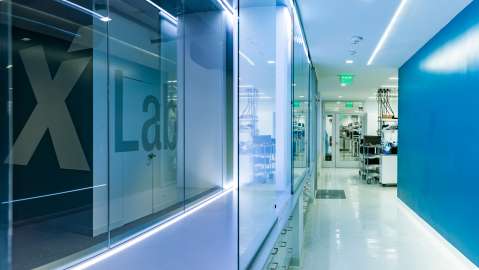
New xLab Facility Enhances Aerospace’s Prototyping Capabilities
The xLab facility enables Aerospace's technical experts to build innovative prototypes and instruments to advance space technology.
Aerospace Drives AI Integration to Advance U.S. Leadership in Space
Aerospace is leveraging AI, connecting across government and industry, to enable more data-driven insights that support mission-critical decisions.
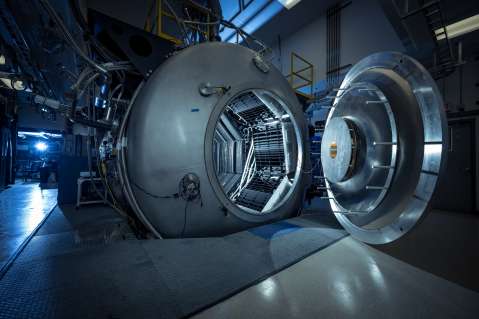
Overcoming the Flight-Proven Paradox: How Aerospace is Accelerating Commercial Innovation
By leveraging certified space testbeds and proving grounds, commercial developers can build trust in innovative space capabilities and accelerate their path to deployment to space.
Project Phantom: Furthering Space Exploration With Virtual and Augmented Reality
Aerospace is investigating the potential for AR and VR technology to assist with space operations and change the way humans explore the solar system.

Aerospace’s Top Technical Talent: Delivering Excellence to Advance the Space Enterprise
Aerospace's Technical Fellows Program provides a distinct career progression path for engineers and scientists who desire to provide leadership and broader impact primarily by deepening their technical expertise.
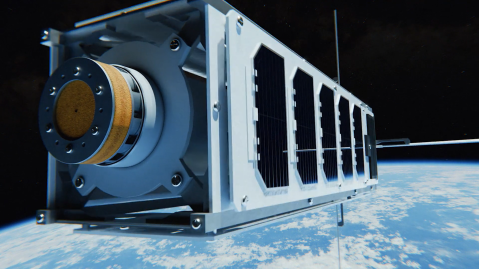
Aerospace Develops New Capability to Deorbit Small Spacecraft
A team at Aerospace recently developed a prototype deorbit motor that could enable space operators to safely retire their spacecraft on demand, which is now more essential than ever to space missions.

University Partnership Program
The University Partnership Program facilitates collaboration with top universities to provide resources, mentorship, and hands-on experience for students to explore potential career paths in the space sector.



